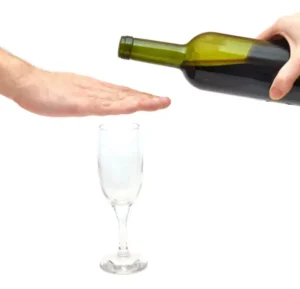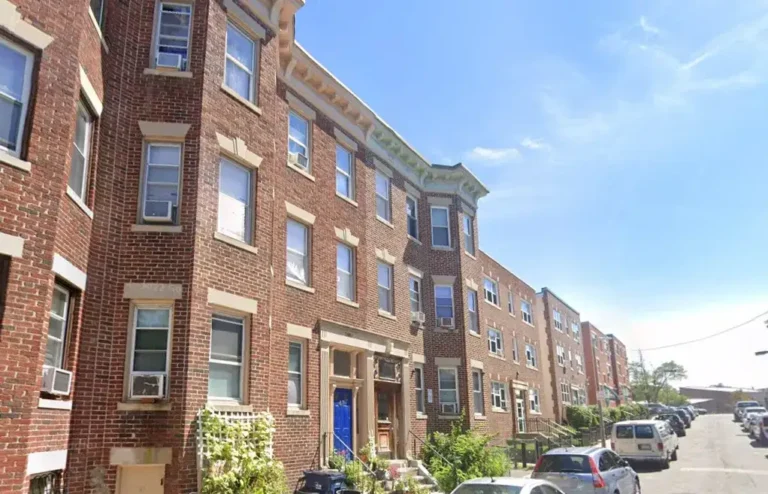
Women are more likely to report misusing benzodiazepines to cope with negative affect, and associations between psychiatric distress and benzodiazepine misuse appear to be stronger in women than in men. Accordingly, women might particularly benefit from efforts to reduce benzodiazepine misuse and related harms that target negative affect. Many studies on this topic combine heterogeneous racial/ethnic minority groups (e.g., Non-Hispanic Asian, Native American, multiple racial ethnic identities) into one “other” racial/ethnic category, which severe benzodiazepine withdrawal syndrome is a significant limitation of this literature. In addition, few studies control for access to benzodiazepines via legitimate prescription, despite findings that people identifying as Non-Hispanic White are more likely to be prescribed benzodiazepines (Cook et al., 2018; Olfson et al., 2015). In one U.S. general population study of individuals who had ever received an anxiety medication prescription, odds of lifetime benzodiazepine misuse were higher for Non-Hispanic White adults, as compared to Black adults (Fenton et al., 2010).

More on Substance Abuse and Addiction
Some of the more common environmental influences for benzodiazepine abuse are low socioeconomic status, unemployment, and peer pressure. Anticonvulsants have some efficacy in benzodiazepine withdrawal if the patient is not dependent on other drugs. Carbamazepine has a modest benefit12 and pregabalin can be effective.18 Antidepressants and beta blockers have no proven benefit. The management of dependence involves either gradual benzodiazepine withdrawal or maintenance treatment. Prescribing interventions, substitution, psychotherapies and pharmacotherapies can all contribute.
- In general, at higher doses (e.g. greater than 10 mg diazepam equivalents per day) the dose may be tapered more rapidly.
- Nevertheless, the comparable prevalence between men and women in the U.S. and higher rates of misuse among women outside of the U.S. is in contrast to many other substances (e.g., heroin, marijuana), for which prevalence is generally higher in men (CBHSQ, 2018b).
- Also, whenever a substance is purchased on the street, users never truly know what they are buying, as substances are not tested or verified.
Subscribe to Drug Safety Communications
When the brain does not get its familiar dose, because the person is abstaining or reducing the familiar amount, withdrawal is triggered. Withdrawal from benzodiazepines is considered to be particularly dangerous, and in some instances, it can be fatal. Symptoms could start a few hours after you last take a short-acting benzodiazepine. With long-acting benzodiazepines, it might take up to 3 weeks to notice withdrawal symptoms. Some people who are prescribed benzodiazepines become dependent on them and end up misusing them. Doctors recommend waiting until all benzodiazepines pass out of your system before you drink alcohol.
How do I report side effects from a benzodiazepine?
Worldwide rates of SHA use disorder are also similar to those reported in the U.S. In the same study referenced above conducted in the Ubon Ratchathani Province region of Thailand, 0.6% of respondents met criteria for DSM-IV benzodiazepine abuse and 0.2% of respondents met criteria for dependence (Puangkot et al., 2010). An older survey of 10,641 adult respondents in Australia conducted in 1997 found that 0.4% of respondents met criteria for benzodiazepine and other sedative dependence (Hall et al., 1999). Although international rates of benzodiazepine misuse and SHA use disorder are similar to those reported in U.S. general population surveys, there is significant variability in methods across these surveys (e.g., definitions of misuse, categorization of prescription drug classes). Consistent definitions of benzodiazepine misuse are needed to determine cross-national differences in the prevalence of misuse, as well as the impact of benzodiazepine availability and regulations on misuse. As previously noted, limited population-based data on the prevalence of benzodiazepine misuse is available for countries outside of the U.S.

- Inclusion criteria included research conducted in all countries after the beginning of the coronavirus pandemic, and both English and non-English articles were included.
- The use of illicit drugs has returned to pre-lockdown levels, leading to an elevated risk of developing comorbid psychiatric disorders and other health conditions [52].
- Pharmacy shoppers, when defined as individuals who filled controlled substance prescriptions at 4 or more pharmacies within 6 months, had 3 times the risk compared with nonshoppers.31,32 Prescription drug monitoring programs aid in identifying prescription drug abuse.
- There is little doubt that environmental factors also play a significant role.
- In some areas, providers can’t prescribe these medications without first seeing you for a follow-up visit.
- An estimated 739,000 people met criteria for a tranquilizer use disorder (0.3% of U.S. population).
These drugs slow down your central nervous system, cause sedation and muscle relaxation, and lower anxiety levels. Often used to treat anxiety or insomnia, they’re some of the most commonly prescribed medications in the U.S. But they can be addictive, especially if you take them every day or use them long-term. Past measures to reduce and restrict benzodiazepines were implemented in New York in 1989 in the form of triplicate prescriptions. Prescriptions were limited to a 30-day supply with no refills for most indications.53 Although successful at reducing overall benzodiazepine prescribing, these measures had many unintended consequences.


Treating Benzodiazepine Abuse at Home
Benzodiazepines Uses
- The risk of BZD dependence was officially recognized by the American Psychiatric Association in 1990 [15,16].
- The drug is usually added to alcoholic drinks or even soft drinks in powder or liquid forms and can be hard to taste.
- On the other hand, diazepam can remain in the system for days and boost the risk for long-term side effects, especially in the elderly.
- This should be discussed with them, and psychotherapy or appropriate pharmacotherapy offered.


